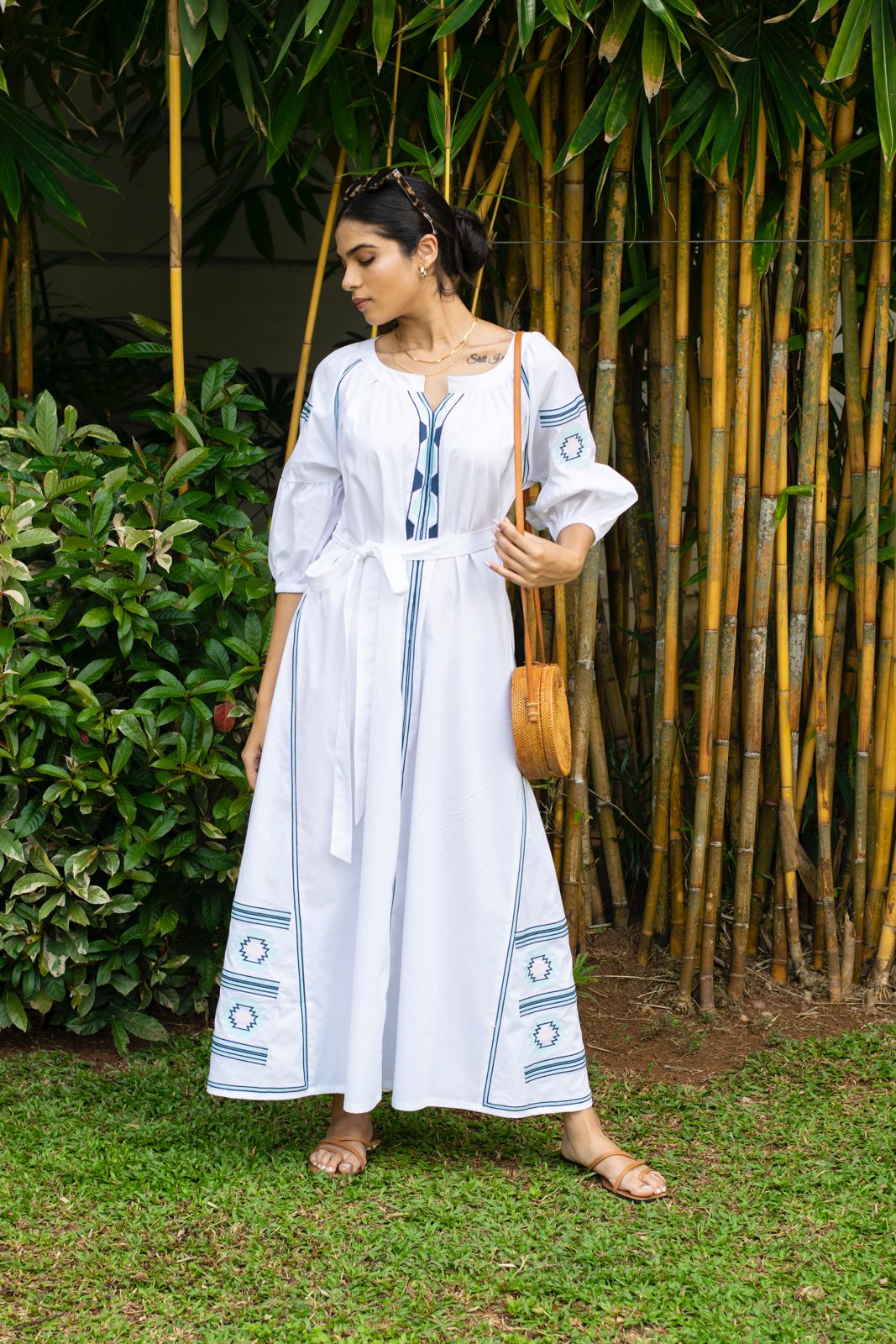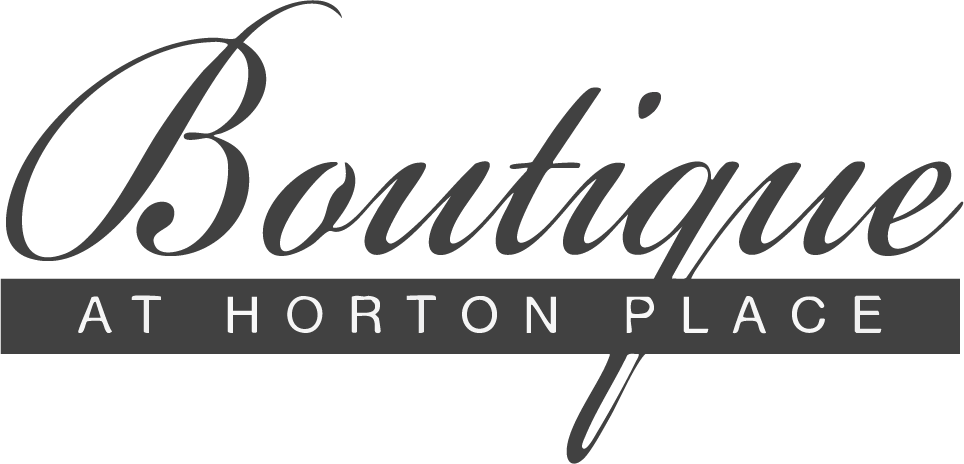
How to find your perfect fit (Women)
How to Find Your Perfect Fit (Women): The Ultimate Guide to Flattering and Comfortable Clothing
Finding the perfect fit can often feel like a daunting task, but it doesn’t have to be. Achieving a flawless fit in clothing isn’t just about following trends or sizes; it’s about understanding what works best for your unique shape, style, and comfort. While ready-to-wear fashion can sometimes make it challenging to find clothes that fit exactly as you’d like, knowing your body and understanding fit basics can make shopping a much more enjoyable experience.
In this guide, we’ll explore some key principles for finding your perfect fit in women’s clothing. From understanding body types and measurements to discovering the most flattering cuts, we’ll walk you through how to choose pieces that enhance your confidence and reflect your personal style.
1. Know Your Body Shape: Embrace Your Unique Silhouette
One of the first steps in finding the perfect fit is understanding your body shape. Each shape has specific clothing cuts and styles that highlight certain features and provide a more flattering silhouette. Though every body is unique, some common body shapes include:
- Hourglass: Characterized by a well-defined waist with balanced proportions between the bust and hips. For an hourglass shape, choose clothes that highlight your waistline, such as fitted dresses, belted jackets, and wrap tops.
- Pear: Typically features narrower shoulders and a wider hip area. To balance this shape, try fitted tops, boat necklines, or layered pieces that draw attention upward and enhance the upper body.
- Apple: Often has a fuller midsection and slimmer legs. For an apple shape, opt for clothing that elongates the torso, such as empire waistlines, V-neck tops, and flowy blouses.
- Rectangle: A straighter figure with minimal curves and similar measurements for the bust, waist, and hips. To add definition, look for pieces that create curves, like peplum tops, A-line dresses, and layered separates.
- Inverted Triangle: Features broader shoulders and a narrower waist and hips. Balance your frame by drawing focus downward with A-line skirts, wide-leg pants, and outfits that add volume to the lower half.
Understanding your shape can help you narrow down styles that enhance your figure rather than obscure it, making each piece feel tailored to your body.
2. Take Accurate Measurements: The Foundation of a Good Fit
To find clothes that truly fit well, accurate measurements are essential. While standard sizing can be inconsistent across brands, knowing your measurements will allow you to shop more effectively both in-store and online. Here’s how to measure key areas:
- Bust: Measure around the fullest part of your chest, making sure the tape is level across your back.
- Waist: Find the smallest part of your waist, usually about an inch above your belly button, and measure there.
- Hips: Measure around the fullest part of your hips, usually about 8-9 inches below your waist.
- Inseam: For pants and jeans, measure from the crotch to the bottom of your ankle.
Armed with these measurements, you can better understand size charts and make informed decisions when choosing clothing. For items that fit snugly, like jeans or a fitted dress, having precise measurements can be the difference between a perfect fit and a garment that feels off.
3. Focus on Fit, Not Size: Understand That Sizing Varies by Brand
In the world of women’s fashion, sizing is notoriously inconsistent across brands. An item labeled “M” in one brand may be equivalent to a “S” or “L” in another. Instead of relying solely on size labels, refer to your measurements and the brand’s specific size chart. Fit is about how a piece complements your body, so it’s worth being flexible and open to trying different sizes until you find what feels comfortable and flattering.
When shopping, don’t be discouraged if your usual size doesn’t fit as expected. Brands can vary, and prioritizing a good fit over the size number is key to feeling confident and comfortable in your clothes.
4. Discover Fabrics That Suit Your Body
Fabrics play a significant role in how well a garment fits. Some materials, like cotton or linen, offer more structure, while others, like spandex and jersey, provide stretch and flexibility. Consider the following:
- Structured Fabrics: Wool, denim, and cotton provide structure, making them ideal for tailored items like blazers, trousers, and button-downs. These fabrics often hold their shape well, giving a more polished look.
- Stretch Fabrics: Fabrics with a bit of spandex or elastane can offer flexibility, especially in areas where you need some extra give, like the waist or hips. Stretch fabrics work great for jeans, body-hugging dresses, and fitted tops.
- Flowy Fabrics: Silks, chiffons, and lightweight knits add movement and drape, making them perfect for creating soft, flattering silhouettes. These fabrics are particularly lovely for dresses, skirts, and blouses.
Knowing your fabric preferences can help you select items that not only fit well but also feel comfortable and align with your style.
5. Tailoring Is Your Friend: Make Off-the-Rack Fit Like Custom
It’s rare to find off-the-rack clothing that fits perfectly, especially if you have unique proportions. That’s where tailoring comes in. Minor adjustments, like hemming pants, taking in waistbands, or adjusting sleeve lengths, can turn a standard garment into a custom-fitted piece. Tailoring is an investment that ensures you get the best possible fit, allowing you to wear pieces that flatter your body as they were meant to.
Consider tailoring essential pieces like blazers, jeans, and dresses that you’ll wear frequently. When a garment fits you well, it not only enhances your look but also boosts your confidence.
6. Pay Attention to Proportions: Create Balance in Outfits
Achieving a balanced look is essential to finding the perfect fit. Proportion in fashion refers to the relationship between different parts of your outfit. For example:
- High-Waisted Bottoms: High-rise jeans and skirts elongate the legs and are ideal for tucking in tops, creating a defined waistline.
- Cropped Jackets: These jackets add structure and pair well with high-waisted pants or dresses, balancing the outfit and highlighting your waist.
- Longer Tops: Tunics and longer tops pair well with slim-fitting bottoms, balancing volume without overwhelming your shape.
Understanding proportions allows you to experiment with different outfit combinations, creating looks that feel balanced and flattering.
7. Experiment with Styles That Make You Feel Confident
While it’s helpful to follow guidelines for body shapes and proportions, the most important rule of fit is that it makes you feel good. Experiment with styles that align with your personality and comfort level. If a trend doesn’t suit your body or style, don’t feel obligated to wear it. The right fit is one that not only looks good but also feels good.
For instance, some women may feel best in relaxed-fit jeans and loose tops, while others prefer fitted dresses and skirts that accentuate their curves. Confidence is key to any outfit, so choose pieces that make you feel like your best self.
8. Pay Attention to Armholes, Shoulders, and Necklines
Often overlooked, details like armholes, shoulders, and necklines play a major role in achieving the right fit. For example:
- Armholes: If an armhole is too tight, it can feel restrictive; if it’s too loose, it may gape and make the garment look oversized. Choose armholes that offer comfortable movement without extra fabric.
- Shoulders: The shoulder seam should align with your natural shoulder line. An ill-fitting shoulder can make the garment look disproportionate.
- Necklines: Different necklines create different effects. A V-neck, for instance, elongates the neck and is flattering on many body shapes. A scoop neck can add balance to a narrow upper body, while a boat neck broadens the shoulders slightly.
These small adjustments can make a big difference in how comfortable and put-together you feel in your clothing.
Conclusion: The Perfect Fit Is About Feeling and Looking Your Best
Finding your perfect fit is about more than just following trends or squeezing into a size. It’s about understanding your body, selecting styles that complement your unique shape, and wearing clothes that make you feel confident. When you know your body and what fits well, shopping becomes easier, and getting dressed becomes more enjoyable.
Remember that the right fit enhances not only your appearance but also your comfort and self-assurance. Each piece you wear should make you feel comfortable, stylish, and true to yourself. So embrace your individuality, invest in pieces that work for your body, and discover the transformative power of clothing that truly fits.

